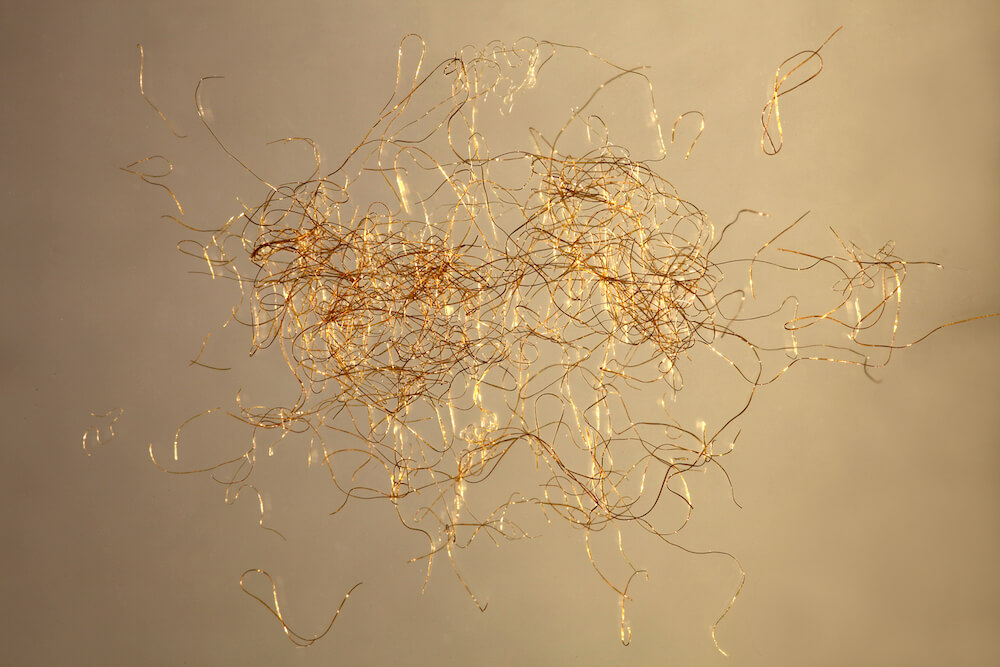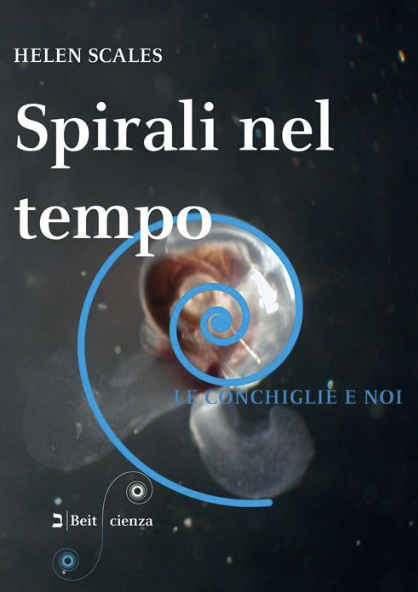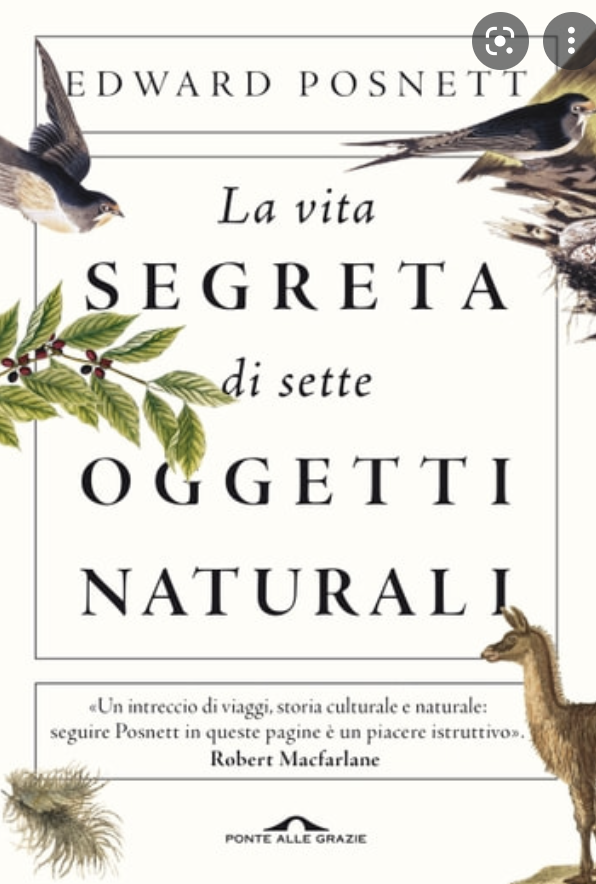Sea silk project
Sea silk has everything that fascinates and stimulates the imagination: it shines like gold in the sunlight, comes from the sea, is rare and precious – and its history goes back to antiquity. A subject for myths and legends. Every era cultivates its own and creates new ones. What was, what is sea silk really?
Sea silk is the cleaned, combed fibrous tuft of the fan shell (Pinna nobilis L.) used for textile work. In the history of textiles, sea silk forms only a tiny chapter. Until recently hardly researched, the knowledge of the extraction and processing of sea silk as a cultural asset is in danger of dying out. Sardinia and Taranto in Apulia were still centres of sea silk processing until the middle of the 20th century. They are also important again today, where it is a question of passing on the knowledge of the old craft to new generations – even if, since the mussel is highly endangered and under protection, it is unlikely that a branch of industry will emerge from it.
History
The Sea silk project was initiated by the author of this homepage, Felicitas Maeder. How did it come about? It all started in the summer of 1997 with the search for an exciting topic that could inspire young and old on a family Sunday at the Natural History Museum Basel on the subject of “shells and snails”. One of the suggestions from the museum educators: Sea silk! Sounds mysterious, associates sea and precious fabric, a strange combination. Just the thing for me, curious by birth, raised in the textile city of St. Gallen, genetically influenced (my grandfather was a textile merchant), went to school – literally – in the shadow of the monastery towers and the world-famous Abbey Library. So, I became a bookworm, a lover of archives and museums and strange things with a never-ending fascination for the sea and everything to do with it.
Theo Angelopoulos, the great Greek filmmaker, said: “Sometimes I have the impression that a subject miraculously seeks out a person, and not the person the subject. You wake up one morning and an idea has taken root in your head, buzzing around in it like a persistent bird. It becomes a fixed idea, and the bird keeps coming back until it develops into a real story.”
That’s exactly how it was. Sea silk had found me, it became a fixed idea and the story developed, slowly, persistently, with setbacks and detours, but also with many, many happy coincidences.
Biology and textile reference books, dictionaries and encyclopaedias were not much help at this point – the statements were too contradictory. Did it even exist, sea silk? Or was it just a beautiful legend? That it really existed was proven by the objects I was able to display in a showcase at the Basel Museum of Natural History as early as winter 1997/98: A pair of golden shimmering gloves, finely knitted from pure sea silk from the Museum für Naturkunde in Berlin and a single long glove from the Zoological Collection of the University of Rostock – together with a woven piece of sea silk and tools for its processing from the Museum der Kulturen in Basel.
In 1998 I became a volunteer at the Natural History Museum in Basel; slowly the sea silk project took shape with the following three goals:
- Create an inventory of all objects that still exist
- Exploring history and crafts
- Documentation of the still existing evidence of the practically extinct craft
Initial enquiries in textile history collections and folklore museums across Europe were negative: no objects, hardly any written sources. However, in 1983 Prof. Gabriel Vial, former director of the Musée des Tissus in Lyon, published an article in the Bulletin du Centre International d’Etude des Textiles Anciens entitled “A propos d’une soierie façonnée, dite de ‘byssus'”. However, the material examined, a fragment of an 8th-century liturgical vestment, proved on closer examination to be ‘ordinary’ silk. One sentence about the term byssus, however, made me wonder: “La confusion était totale entre le lin, la soie, le coton et ce que l’on appelle aujourd’hui du mot Byssus” (Vial, 1983), (in English: There was total confusion between linen, silk, cotton and what we now call Byssus).
It is said that there was once a Chinese sage „der die Qualität unserer Welt davon abhängig machte, ob wir für die rechten Dinge die richtigen Wörter finden. Dieser Weise war nämlich der Ansicht, dass das Unglück auf Erden vor allem daher stammt, dass wir für gegebene Realitäten die falschen Wörter benützen.“ (NZZ 4.3.2002), (in English: …who made the quality of our world depend on whether we find the right words for the right things. This wise man believed unhappiness on earth stems primarily from the fact that we use the wrong words for given realities). So, that was the point: finding the right word for the given reality! Languages have always fascinated me – my fascination with sea silk only deepened that. More about this in the chapter Linguistic Aspects.
In the year 2000 I got the opportunity to do a part-time further education in cultural management. As my final project, I chose (together with Elisabeth Wiederkehr) the concept for a sea silk exhibition. It met with interest at the Natural History Museum and finally led in 2004 to the world’s first thematic exhibition: Muschelseide – Goldene vom Fäden vom Meeresgrund / Bisso Marino – fili d’oro dal fondo del mare – a collaboration between the Natural History Museum and the Museum of Cultures in Basel. The exhibition catalogue is the first illustrated monograph and – like all the texts in the exhibition – is completely bilingual, written in German and Italian.
In collaboration with Marcel Halbeisen of the Swiss Federal Laboratories for Materials Testing and Research (EMPA) in St. Gallen, an institution of the Swiss Federal Institute of Technology (ETH) in Zurich, it was possible to develop a simple analytical method for identifying sea silk fibres in 2000.
The Internet opens completely new possibilities for research, since many books from the period of the 16th to 19th centuries, which is important for the subject, are accessible for the first time and in many languages. In a daily growing stock of books, it is now also possible to search for keywords and word combinations. This results in a real work in progress. A project homepage with all its networking possibilities is the most useful medium for this. This went online in three languages in 2010, in German, Italian and English. In 2019 I completely revised it and included all new findings and objects – today there are nearly 100! – are included.
In 2012, the Philosophical-Historical Faculty of the University of Basel awarded me the doctorate honoris causa for my work.
I have described how strange some of the paths in the long history of sea silk are. How is it that a US-American, of all people, was the first to come up with the idea of writing a critical history of sea silk? Daniel McKinley, professor emeritus of biology at the University of Albany, N.Y., USA, published an extensive study on the history of sea silk in a Canadian textile journal in 1998 (McKinley, 1998). It was not until three years later, thanks to information from the librarian of the Abegg-Stiftung Riggisberg, that I became aware of McKinley’s book. I immediately contacted him. It turned out that my letter was the first reaction ever to his book. Until his death in spring 2010 we were in lively exchange. He had become an irreplaceable conversation partner and attentive, critical companion to me. After his death in 2010, McKinley’s sons gave me permission to include his book, which is extremely difficult to obtain, as a pdf file on the homepage.
Between 1999 and 2017, shorter and longer research stays took me to Sardinia, Taranto and Lecce, Naples and Pompeii, Venice, Genoa, Turin, Milan and Rome, to London, Cambridge, Oxford and Edinburgh, to Paris, Saint-Denis, Lyon and Rouen, to Zagreb and Monaco, to Berlin, Munich, Cologne and Monschau, to Moscow and Saint Petersburg, to Chicago and Washington, often before or after a conference or congress.
The project Sea silk was presented at several textile and archaeology congresses and public events in Switzerland and abroad, attracting the attention of specialists from folklore and textile museums, collections and institutions; this resulted in publications in German, French, English and Italian. More on this in the chapter Bibliography→ Project Publications.
A lot has also happened in recent years regarding a larger audience. Associations and groups interested in textiles invited me to give lectures, and popular science and other newspapers and magazines – also in Italy – interviewed me “on the subject of sea silk”.
The English marine biologist Helen Scales researched the production and processing of sea silk in Sant’Antioco and published her findings in 1915 in the chapter Spinning Shell Stories in her book Spirals in Time: The Secret Life and Curious Afterlife of Seashells (Bloomsbury 2015, 145-171). The great success of the book led to an Italian translation: Spirali nel tempo – le conchiglie e noi with chapter VI on sea silk: Le conchiglie che filano (Beit Scienza 2017, 127-152).
A nicely illustrated article about the two sea silk weavers Assuntina and Giuseppina Pes and Arianna Pintus appeared in the noble journal of the watch company PATEK PHILIPPE in 2018 – in German (pdf), Italian (pdf), French (pdf), Spanish (pdf), English (pdf), Japanese (pdf), Mandarin (pdf) and simple Chinese (pdf).
The English writer Edward Posnett’s fascination with sea silk also led him to Sardinia. In his 2019 book Harvest – The Hidden Histories of Seven Natural Objects, one chapter reveals his irritation at the conflicting narratives about the sea silk in Sant’Antioco. The result is an excellent analysis of the situation (Sea Silk chapter, The Bodley Head, London 2019, 123-170). This highly successful book has also been translated in German under the title Die Kunst der Ernte: Siebe kleine Naturwunder und ihre Geschichten (Edward Posnett and Sabine Hübner, Hanser 2020).
In 1999, my first article about the sea silk appeared in the German magazine MARE (13, 1999). In the meantime, sea silk has become an issue: 20 years later, in 2019, “Marina – das nautische Magazin der Schweiz” reported on the project, in a German (pdf) and a French (pdf) version (marina.ch 127, 2019).
Thanks!
“Das Geflecht menschlicher Tätigkeiten gleicht dem Kosmos, wie er ist es unermesslich und unergründlich. Der Versuch, die verschwundene Arbeit ans Tageslicht zu fördern, ist gewagt und heisst nach den Sternen greifen.” (Palla 1998), (in English: The web of human activity is like the cosmos, like it, it is immeasurable and unfathomable. The attempt to bring the vanished work to light is daring and means reaching for the stars.)
Reaching for the stars – that’s how it often seemed to me since the beginning of the Sea silk project. But I was not alone. Over the past years, countless people have been infected by my enthusiasm for sea silk, have accompanied me, supported me, emboldened me, and have always given me the courage to question the given, to dare something new, to overcome difficulties: interested experts and lay people, representatives of libraries, archives, museums, universities, administrations, and schools. Without this help and sympathy, and without the interest I felt again and again, the Sea silk Project would not have progressed so far. I thank them all from the bottom of my heart. I hope that I can give something back with this homepage.
I would like to thank the team of the Museum of Natural History Basel, which took me on as a volunteer, made the exhibition and catalogue possible, and continues to support me and the project in many ways.
And finally, a big thank you to both my families and all my friends for carrying me through all these years and for their patience when almost every one of our many conversations ended up back at the sea silk…
Two best friends I had to let go in the last years: 2015 Chris O., without whom sea silk would not have found me, and 2019 Ursula B., without whom I would not have overcome many difficult moments, who believed in me, encouraged and challenged me and supported me in every way. Both are included on every page of this homepage. I owe them an infinite amount.
Future
“Alles stirbt zweimal. Zuerst seinen eigenen Tod, unabänderlich und konkret. Später dann jenen anderen im Bewusstsein der Überlebenden” (Köhler 2004), (in English: Everything dies twice. First its own death, unchangeable and concrete. Then later that other one in the consciousness of the survivors). The knowledge about sea silk has died countless times, and with it its history – this is also shown by the many misconceptions that have been and are still being propagated. The project sea silk stands for the hope that the “vera storia del bisso marino”, the fascinating reality of sea silk, will not be forgotten in the future.
In concrete terms, this means that the history of the objects found should be further explored. What is the history of the current object owners or their institution? How did the object come into the collection? Who was its previous owner? How did it come into their hands? Where was it produced? I would also like to compare the knitted patterns on gloves and stockings. Perhaps parallels can be drawn and more can be said about the origin and production process of the objects.
Beyond the scientific field, the aim is to disseminate knowledge about sea silk and support initiatives and efforts, especially in Sardinia. “Un maestro non geloso delle sue conoscenze ma generoso e attento che tutte le sue allieve imparassero i trucchi della tessitura da lui riscoperti, tanto da farle innamorare del proprio lavoro, affinché venisse trasmesso ad altri.” (Claudio Moica on Italo Diana, 18.9.14), (in English: A master who was not jealous of his knowledge but generous and careful that all his pupils learned the tricks of weaving that he rediscovered, so much so that they fell in love with their work so that it could be passed on to others).



